Best closed-back headphones 2025: studio-friendly options for music makers
Our pick of recommended closed-back studio headphones for optimal audio
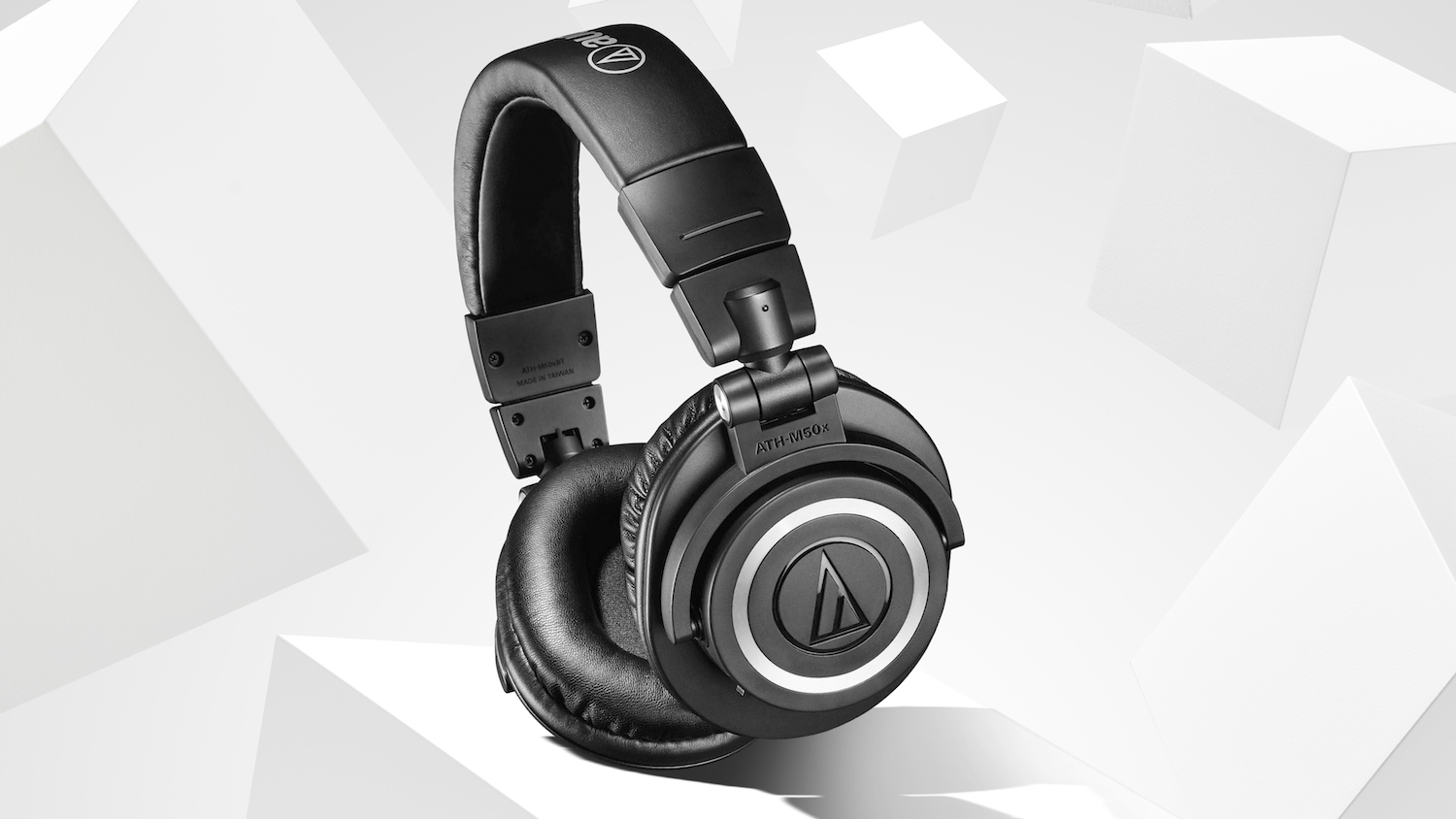
If making or producing music is your thing, then a good pair of headphones should be right up there at the top of your wishlist. But what kind of cans are best for laying down tracks or making beats? Headphones fall into three main design types – closed-back, open-back and in-ear – and the option most likely to be found performing everyday duties in the studio are the closed-back type. So, to help you nail the perfect sound, we’ve compiled this guide to the best closed-back headphones available today.
So, why are closed-back headphones so great for music production? Primarily it’s because they fully enclose the ear with a hard plastic shell, padded on the inside for comfort. The padding creates an almost airtight seal against the side of your head, preventing unwanted noise from creeping in or out.
This comes in particularly handy if you’re recording vocals, for example, as it stops traces of your backing track spilling out and being picked up by your microphone. By the same token, the fact that closed-back headphones keep out external noise means that you can better focus on what you’re listening to. In fact, don the best closed-back headphones and you could easily record, program, monitor and mix a project all on the same pair of cans - now that’s what we call excellent value.
Here, we reveal our pick of the best closed-back headphones for music makers, from the pocket-friendly right up to the more wallet-busting alternatives.
Best closed-back headphones: Our top picks
When putting together this list of the best closed-back headphones, one pair stood out for us and that was Audio-Technica’s fantastic and near-enough legendary ATH-M50x cans. They deliver an immersive sound with excellently balanced performance across all frequencies, sweetened with just a tasteful hint of a bass bump.
Combine this with rugged build quality, great isolation and supremely comfortable padding, and it all adds up to an unassailable package. Add in the fact that they come in three snazzy colours, and that there’s also a wireless/Bluetooth-equipped version available (ATH-M50xBT), and it’s hard to look beyond these when making our choice.
Our second pick is the astonishingly good Beyerdynamic DT 700 PRO X. It features a very cleverly designed STELLAR.45 driver, which hikes performance to that of high impedance headphones – the type favoured by pros – while retaining a low 48-ohm rating. This makes it compatible with a broad range of pro and hobbyist devices including both consoles and phones.
It sounds superb, is beautifully built and is seductively comfortable. As you can probably tell, it’s a real favourite of ours.
Best closed-back headphones: Product guide
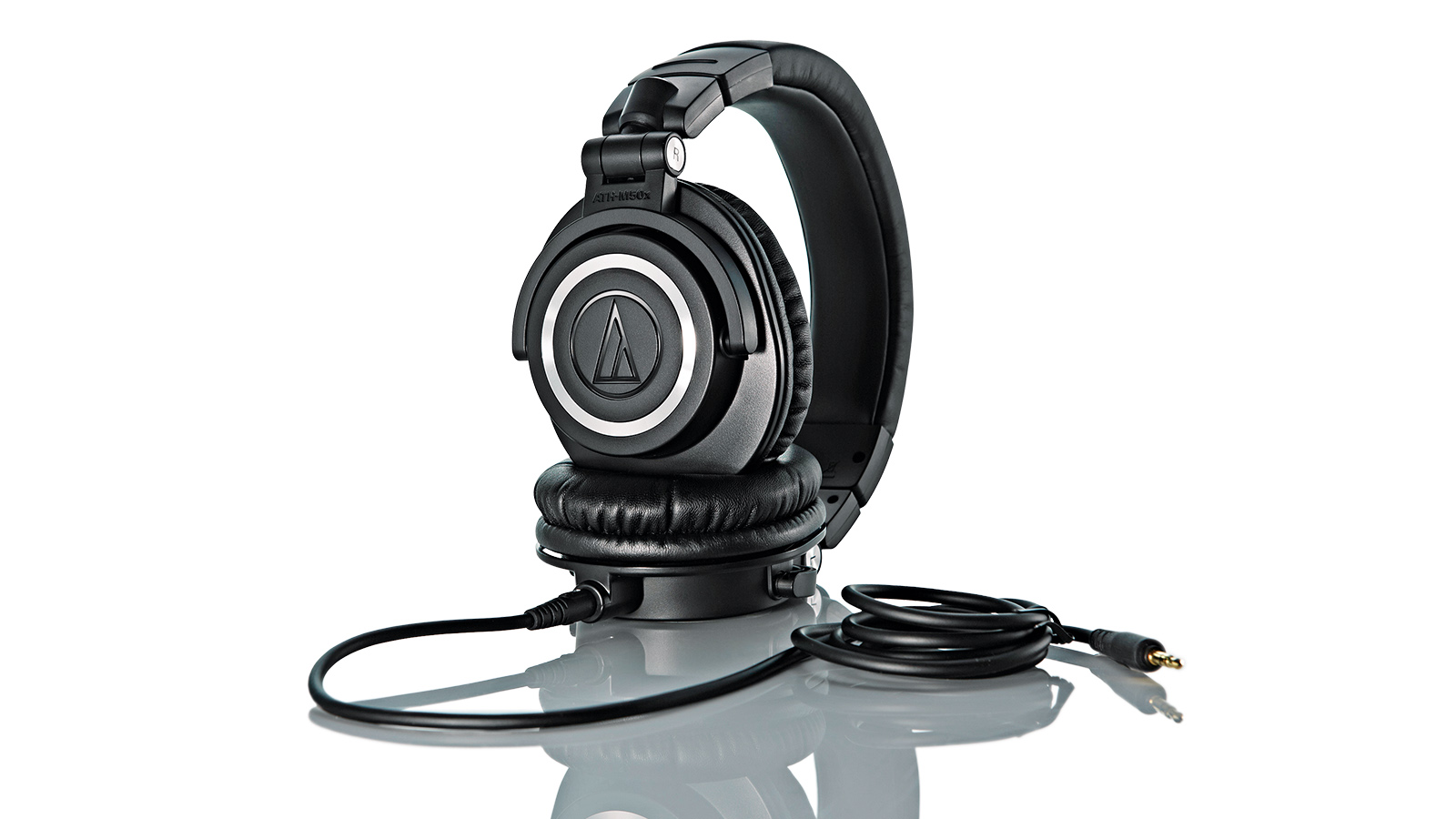
Specifications
Reasons to buy
Reasons to avoid
When you try a pair, it doesn’t take long to realise why Audio-Technica’s ATH-M50x headphones have been consistently near the top of the bestseller lists since their launch. They’re a firm favourite due to a combination of comfort and great sound that doesn’t compromise tonal accuracy.
The ‘x’ in the model designation denotes the fact that the cable is detachable, which means you can use whichever of the three supplied cables best suits your needs. The ear cups are fully articulated in both vertical and horizontal planes, and are comfortable to wear for extended periods in spite of their solid, chunky design.
In terms of sound quality, while it’s not 100% perfect - there’s a slight low-end lift and the merest lack of detail up top - these cans deliver a tastefully optimised listening experience that translates easily to other systems, placing them among the best closed-back headphones for music making you can get. They come in black, all-white or purple, and there’s also a Bluetooth version (ATH-M50xBT).
Read the full Audio-Technica ATH-M50x review
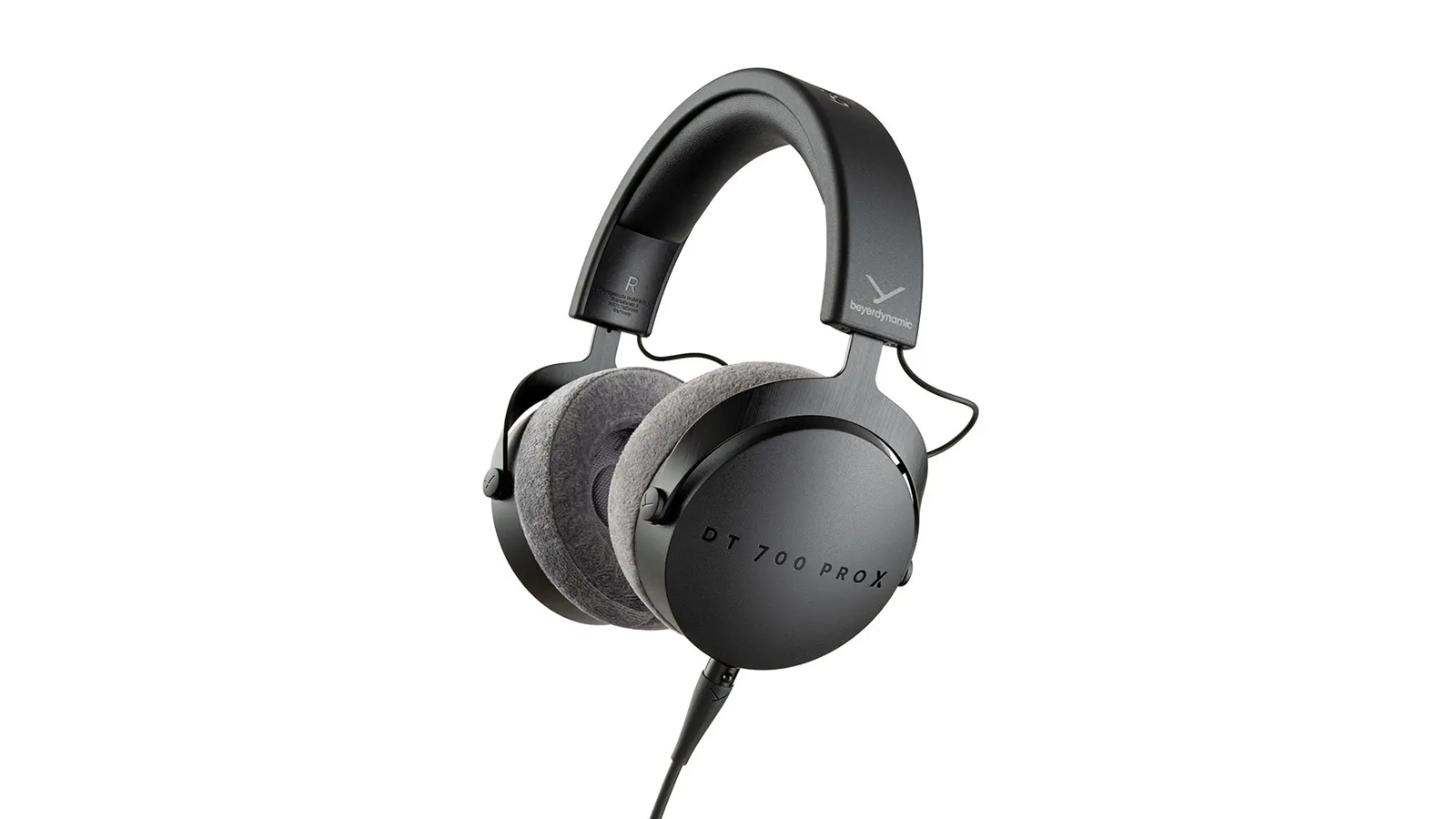
2. Beyerdynamic DT 700 PRO X
Our expert review:
Specifications
Reasons to buy
Reasons to avoid
‘You can’t please all of the people all of the time.’ Well, it appears that President Lincoln and poet John Lydgate, who first coined the phrase, were wrong. Beyerdynamic has successfully bridged the gap between hobbyist creators and hardened studio pros with its recently developed DT 700 PRO X cans (and their DT 900 Pro X open-back counterparts).
These headphones are much more than a ‘new and improved’ version of the DT 770 PROS featured elsewhere in this guide. They are an entirely distinct product, developed to satisfy anyone working with audio who requires a superb reference pair of cans.
At their heart is a pair of Beyerdynamic’s very impressive STELLAR.45 sound transducers, which both feature a high grade neodymium magnet and a three-layer diaphragm with a coil wound from extremely lightweight, copper-clad wire. This build provides an extremely wide frequency response of 5 – 40,000 Hz, a high SPL rating and a relatively low impedance of 48 ohms.
The long and short of it is that, with the DT 700 PRO X, Beyerdynamic has managed to equal the performance of a high-impedance pair of headphones while keeping them compatible with everything from high-end consoles to smartphones. They sound fantastic – highly detailed with polite mids and a tight, well-tamed low end.
Build quality is similarly impressive, with metal components in all the places that count and lush, memory foam pads upholstered in velour. They’re an absolute joy to wrap around one’s ears.
These are superb cans that can be put to a wide variety of uses by a broad range of users. They are incredibly good value too.
Read the full Beyerdynamic DT 700 PRO X review
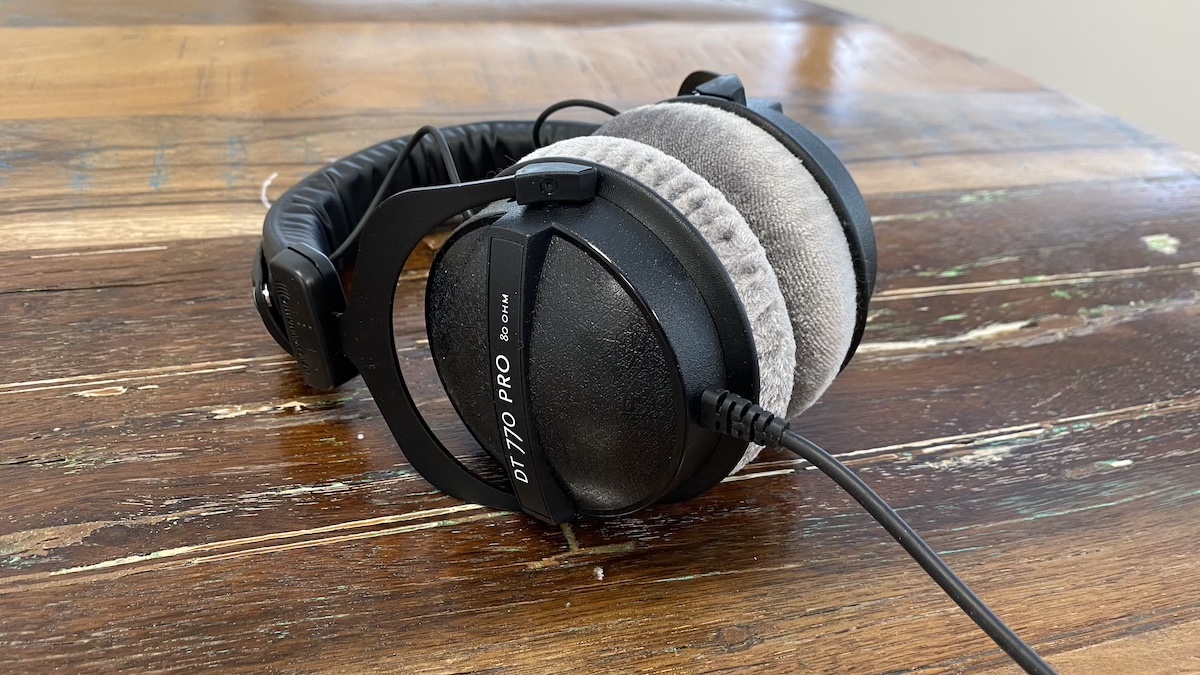
3. Beyerdynamic DT 770 PRO
Our expert review:
Specifications
Reasons to buy
Reasons to avoid
One of Beyerdynamic’s most popular pairs of headphones, the DT 770 PROs come in three variants, each with a different impedance – 32 Ω, 80 Ω and 250 Ω.
The 80 Ω headphones seem to offer the best compromise, as they’re extremely well balanced across the audible spectrum, don’t need a lot of power to drive them, and deliver clear, detailed highs and just enough weighty low-end punch for that feelgood factor when tracking.
Thanks to their velour padding, these are properly comfy cans, which should make those long studio sessions a pleasure. You needn’t worry too much about subjecting them to the rigours of everyday use, either, as all the components are replaceable. The length and type of cable you get depends on the impedance variant you go for – our preferred 80 Ω cans ship with a 3m straight cable.
Read the full Beyerdynamic DT 770 Pro review
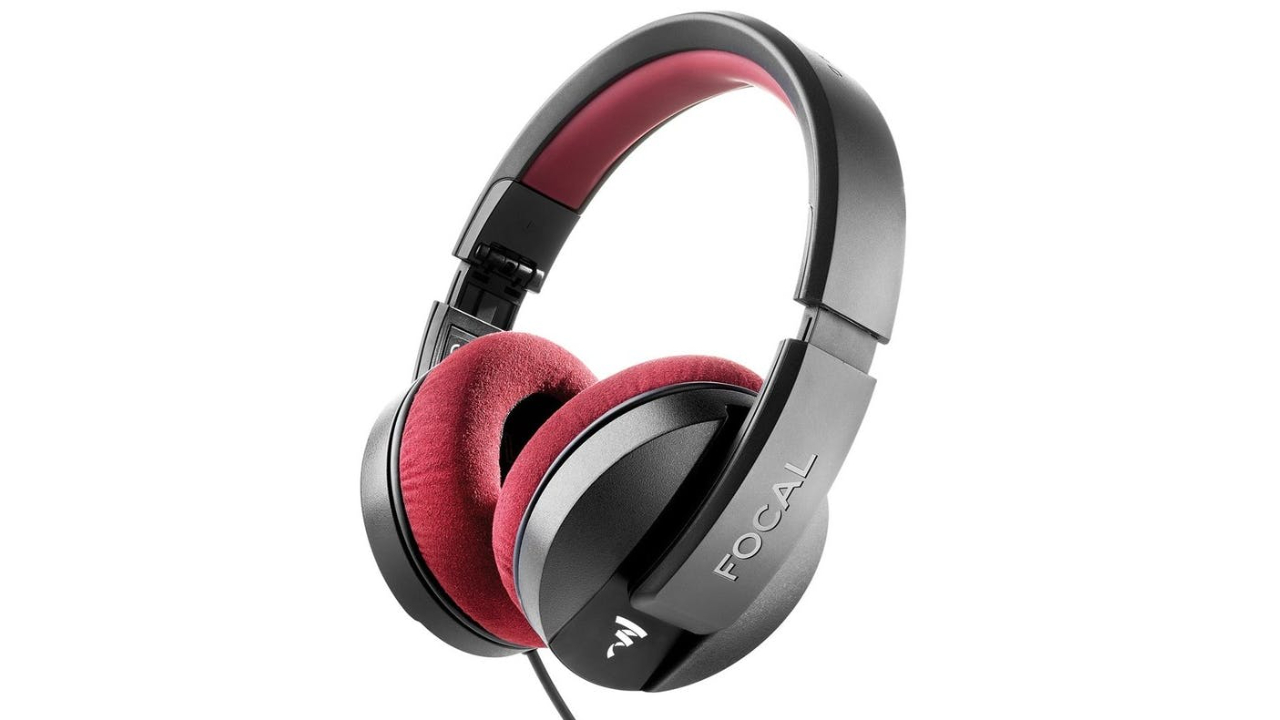
Specifications
Reasons to buy
Reasons to avoid
Better known for its studio monitors, Focal has transplanted its talent for high-quality audio from in front of your face to the sides of your head with remarkable aplomb. An ideal mid-range solution for both general day-to-day listening and pro studio tasks, the Focal Listen Professionals are the very definition of great all-rounders.
With a snug yet comfortable headband and snazzy, red foam ear cups, these cans look and feel as good as they sound. We found their frequency response to be perfectly balanced: neutral, punchy bass with plenty of extension; full, clear mids; sparkling, smooth highs.
Add in a beautiful hard-shell case, and a choice between a 5m coiled cable and a 1.4m straight cable with inline remote and volume control, and we don't think you’ll find a better pair of all-round headphones out there at this price point.
Read the full Focal Listen Professional review
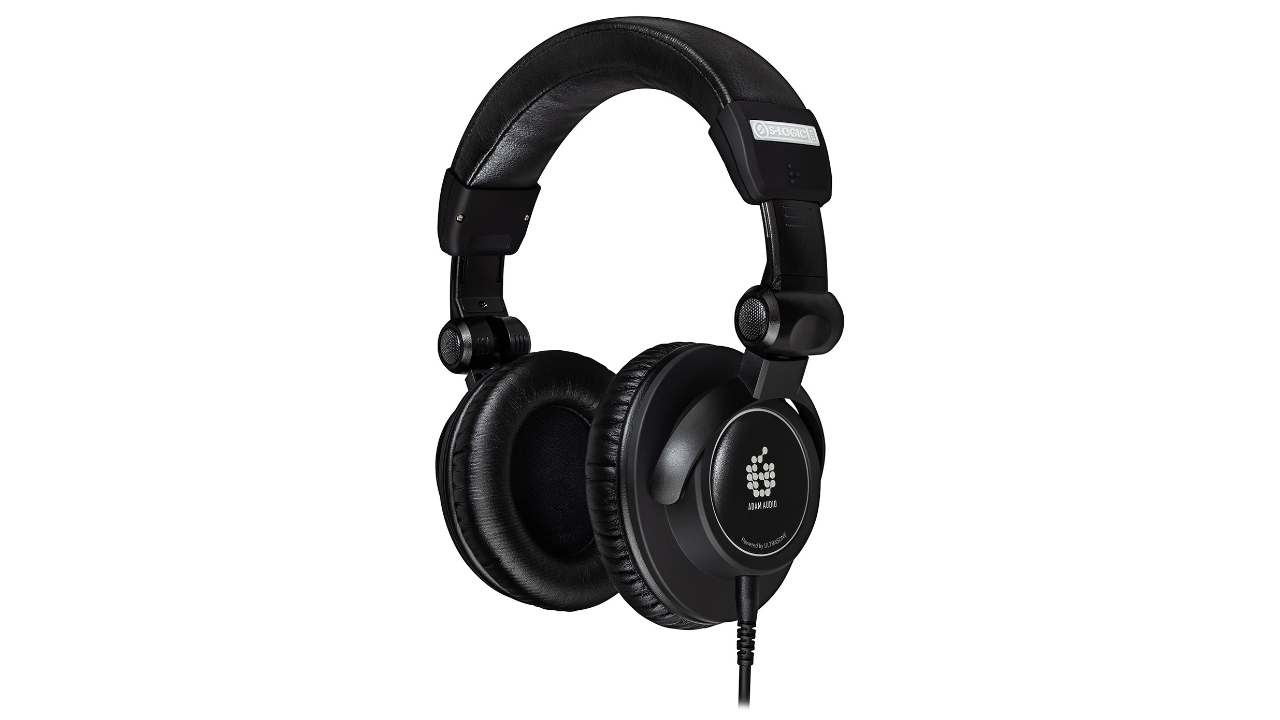
5. ADAM Audio SP-5
Our expert review:
Specifications
Reasons to buy
Reasons to avoid
German firm ADAM Audio has rapidly built a reputation for manufacturing high-quality monitors that deliver excellent accuracy across the frequency spectrum, and its first foray into the headphones market is no less impressive.
Developed in collaboration with fellow German audio engineering firm Ultrasone, the SP-5s feature the same S-LOGIC Plus technology found in Ultrasone’s high-end PRO range of cans. It’s intended to lessen ear fatigue during long listening sessions by directing sound around the ear rather than directly into it.
The resulting sound field is very open and natural with an excellent bass response. You can tell the SP-5s are designed not to exaggerate or suppress any frequencies but to accurately reflect what you hear in the speakers, particularly for owners of other ADAM Audio products.
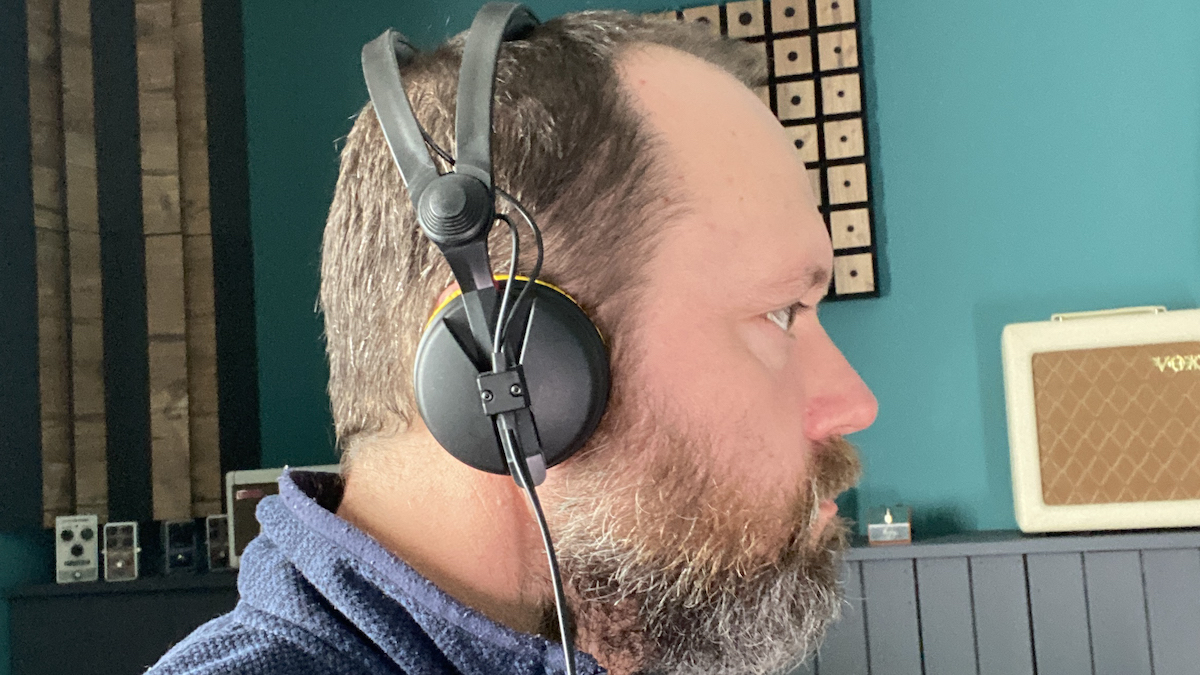
6. Sennheiser HD 25
Our expert review:
Specifications
Reasons to buy
Reasons to avoid
For decades, Sennheiser’s HD 25 closed-back headphones have been acclaimed by professionals for their ability to handle high sound pressure levels and reproduce music evenly across the frequency spectrum.
Available in three flavours – Light ($120/£87/€100), Standard ($149/£129/€129) and Plus ($249/£179/€209) – these cans are built for longevity, too, coming in a robust yet lightweight package that should easily withstand those long, laborious nights in the studio. Even when they do start to deteriorate, you can simply replace their components and get going again.
Enjoy playing other people’s records as well as making your own? The HD 25s make for great DJ headphones, thanks to their split headband and rotatable earpieces. They certainly left us in a spin.
Read the full Sennheiser HD 25 review
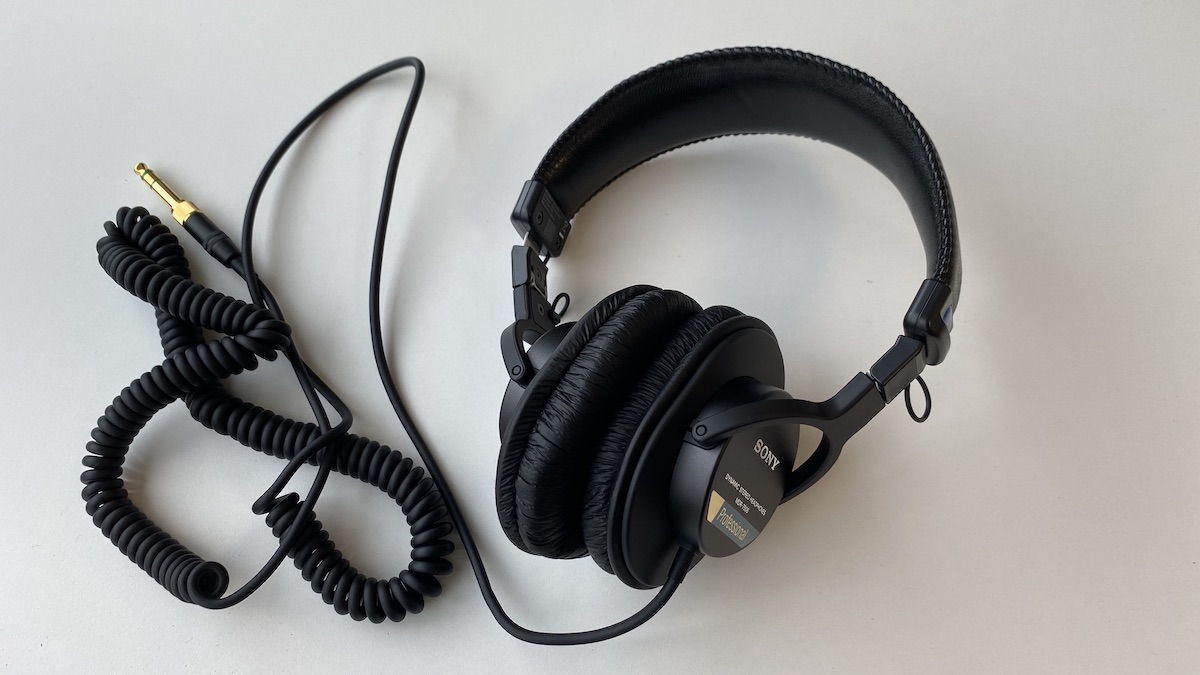
Specifications
Reasons to buy
Reasons to avoid
Sony’s MDR-series headphones have been around since the 1990s, and as such possess a solid studio pedigree, borne out by decades of daily use in the recording and broadcasting sectors worldwide. The latest model in the series, the MDR-7506s, are a brilliant combination of great sound, comfort, practicality and value.
Extremely comfortable to wear, even for extended periods, these closed-back headphones are designed to expose what’s wrong with a recording rather than what’s right. On a par with cans costing twice as much, the sound is punchy and clear throughout the spectrum (with a moderate boost in the upper mids), while managing not to be overly-flattering.
If you’re looking for some cans to do some mixing with, we’d probably look elsewhere, but for field work, tracking and overall recording, these iconic headphones are a great choice – and the fact that they’re available for such a good price is not to be sniffed at. Thousands of studio engineers, radio producers and location sound recordists can’t be wrong!
Read the full Sony MDR-7506 review
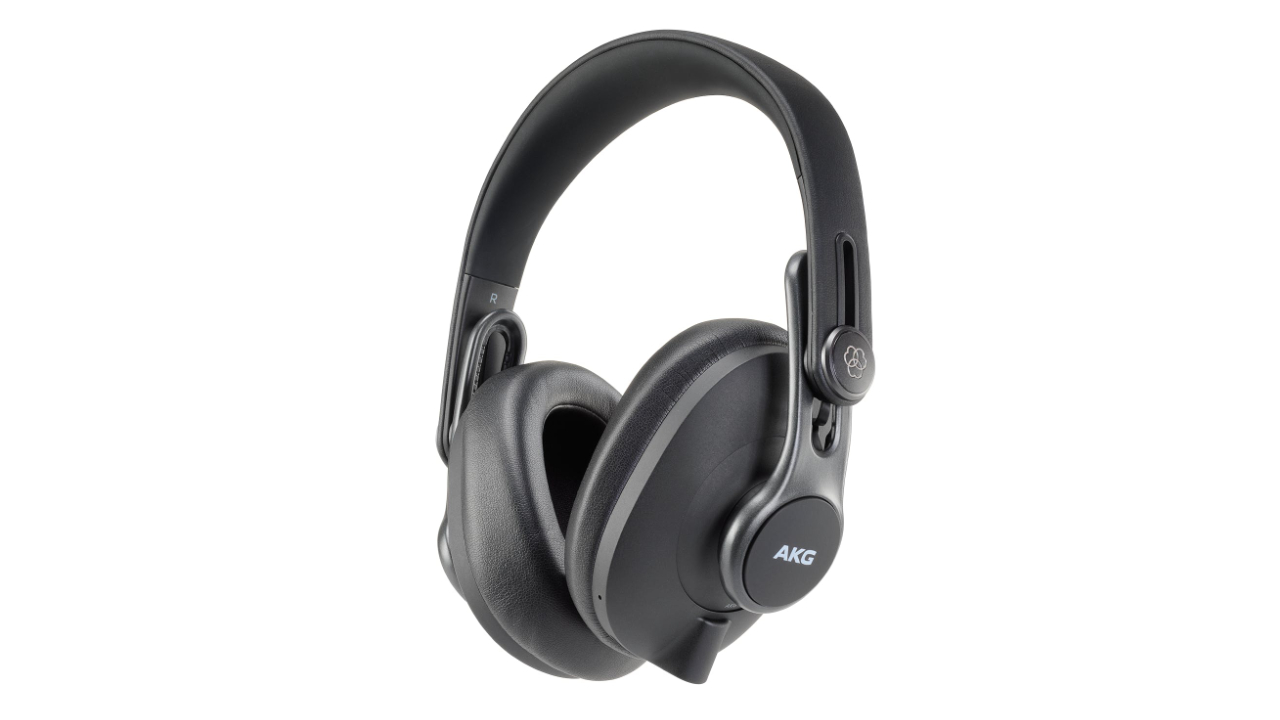
8. AKG K371-BT
Our expert review:
Specifications
Reasons to buy
Reasons to avoid
AKG’s K371 cans are among the best closed-back headphones for studio recording, combining superb build quality with outstanding sonic performance. And now, cable-dodging AKG fans can rejoice in the arrival of a Bluetooth-enabled version, the K371-BTs.
Sleek, modern and comfortable, these closed-back headphones are loaded with features: as well as the Bluetooth 5.0 connectivity, you get a built-in microphone, ear-cup gesture controls and a 40-hour battery life. What’s more, the 50mm titanium-coated transducers have been tuned to the AKG Reference Response Acoustics Curve for a professional, balanced response across the frequency range.
And at a class-leading 5Hz - 40kHz, what a range that is. Delivering authoritative bass, an articulate mid-range and clear, detailed highs, the K371-BTs effortlessly combine the precision required of studio cans with the cable-free convenience of a modern, mobile lifestyle.
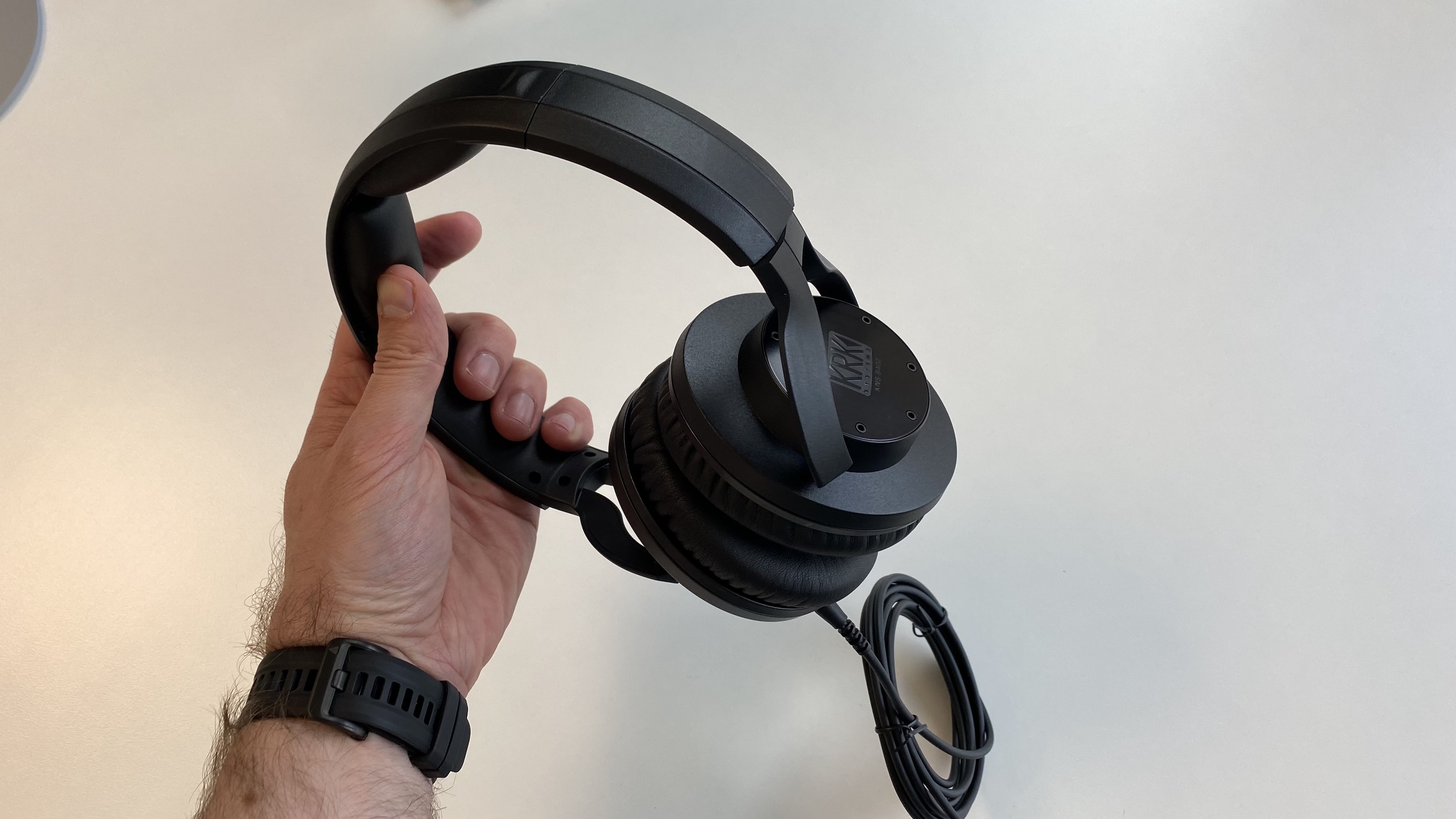
Specifications
Reasons to buy
Reasons to avoid
Instantly recognisable thanks to their distinctive yellow cones, KRK monitor speakers are found in studios worldwide – but we bet you didn’t know that the company also produces a range of headphones, similarly aimed at studio dwellers and built on the same principle of affordable, high-quality sound.
The range-topping KNS 8400s feature soft, memory-foam ear cups that provide the requisite amount of comfort, and you can also get an inline volume control as an add-on. External noise exclusion rates well at 30dBA, and the package comes with a leatherette pouch and microfibre cleaning cloth.
As for the sound, KRK has voiced these headphones in the same way as its studio monitors. So if you’ve got any KRK kit as part of your set-up, buying a pair of KNS 8400s could be a logical move.
Read the full KRK KNS series headphones review
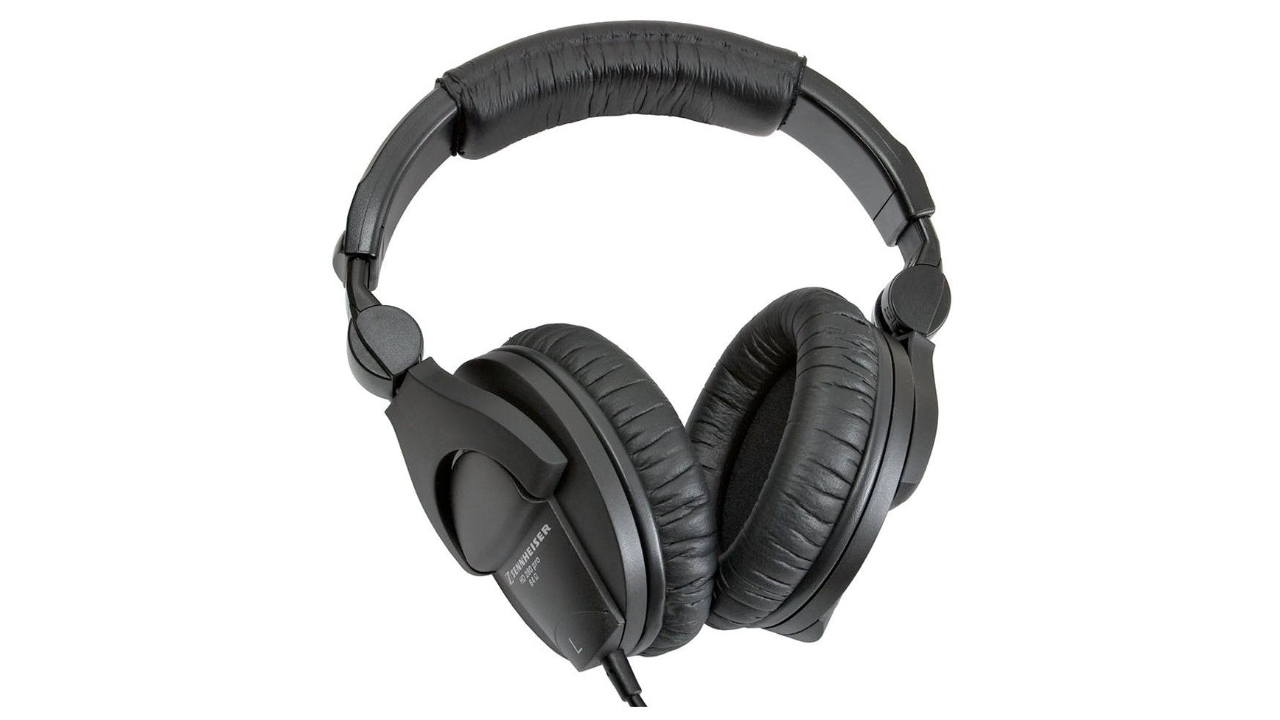
10. Sennheiser HD 280 PRO
Our expert review:
Specifications
Reasons to buy
Reasons to avoid
Of all the models in Sennheiser’s extensive headphones range, these evergreen studio-centric cans stand out as a budget-friendly favourite, thanks to their long pedigree, rugged durability and balanced sound.
Recently revamped, the HD 280 PROs now boast a cleaner aesthetic and a more comfortable fit, while their foldable architecture and rotating ear cups make them a great choice for people who need a portable solution.
Elsewhere, the cans’ thick ear-cup padding produces a more-than-respectable background- noise exclusion figure of 32dBA, while replaceable components make them an attractive prospect for budget-conscious producers.
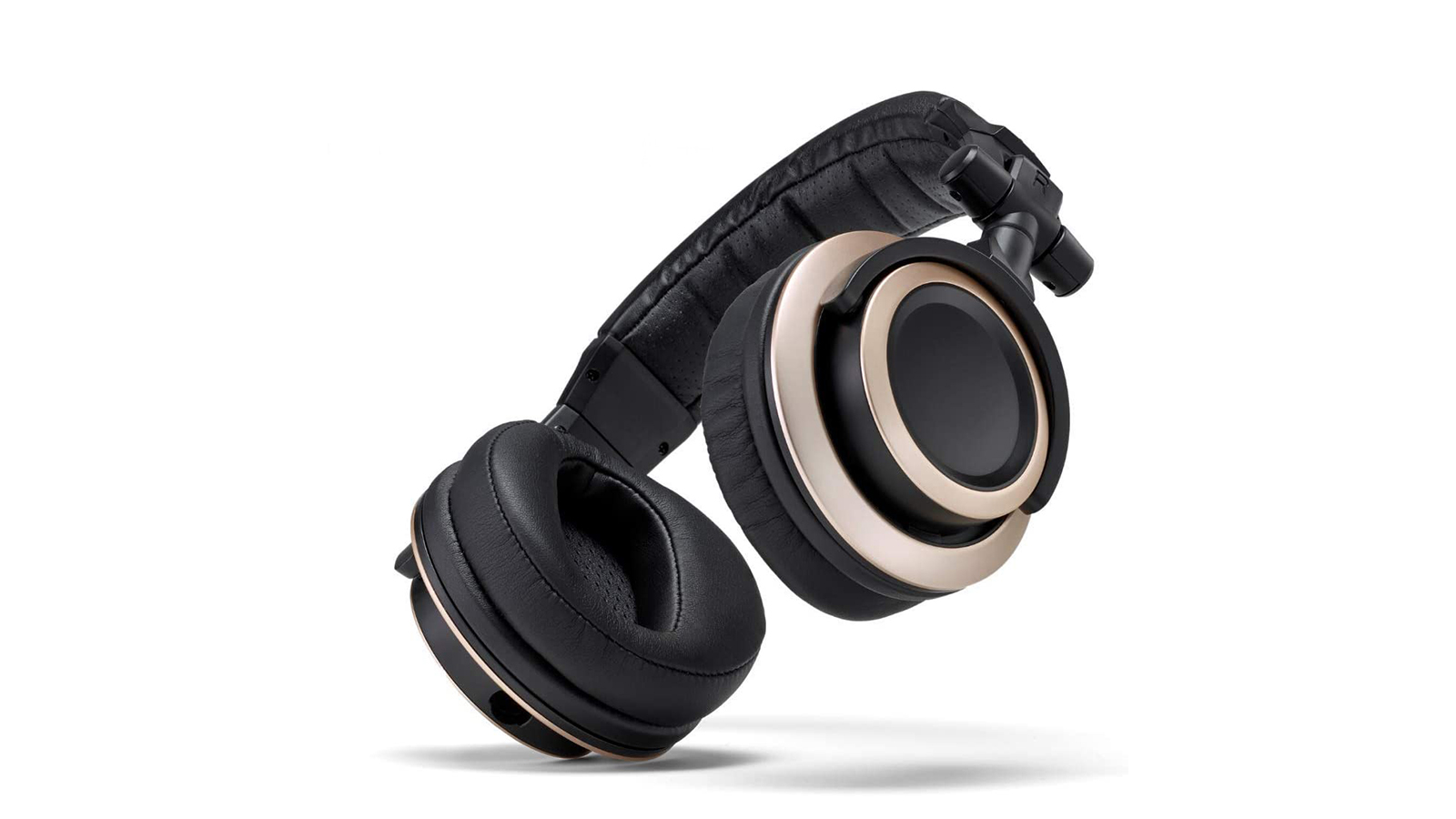
11. Status Audio CB-1
Our expert review:
Specifications
Reasons to buy
Reasons to avoid
The Status Audio CB-1s made a big splash in the market when they arrived a few years ago. Pros and pundits alike were impressed that such a premium-looking and sounding pair of cans were available for such a reasonable outlay, resulting in these closed-back headphones achieving something of a cult status among those in the know.
Close up, the build quality is a bit of a mixed bag. Although the plastics are solid, the padding soft and the gold rings around the ear cups made of real metal (although not gold!), the material that clads the headband is prone to wrinkling.
At this price, what really matters is the sound, and the CB-1s deliver a listening experience that’s better than you’d reasonably expect from cans costing twice as much.
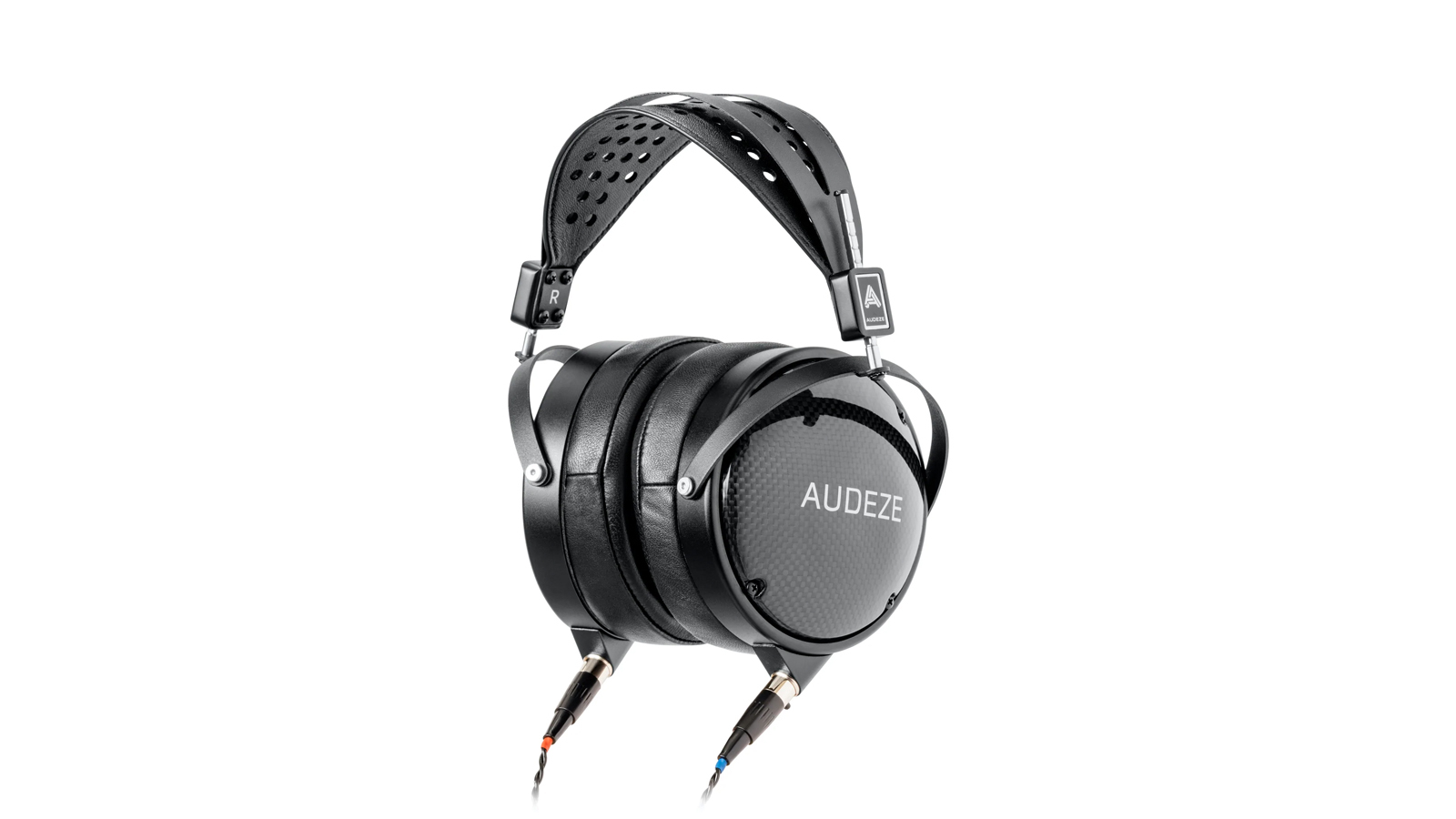
12. Audeze LCD-XC
Our expert review:
Specifications
Reasons to buy
Reasons to avoid
This is Audeze’s closed-back version of its LCD-X reference cans, widely regarded as one of the finest pairs of studio headphones that money can buy. They’re not cheap, but Audeze has thrown everything at them in order to make them as transparent, and comfortable, as possible.
The drivers are loaded with powerful neodymium magnets and Audeze’s incredibly thin 1.8 micron Uniforce diaphragms. Using technical wizardry too complex to explain here, these diaphragms are exposed to an equal amount of force across their entire surface, which substantially reduces distortion.
Fazer waveguides are deployed to smooth sound waves so that they don’t interfere with each other quite as dramatically. This causes less degradation, extends the high end and promotes clarity. The result of all this technology is a transparent, highly detailed voice with a very wide frequency response.
Audeze says it’s completed exhaustive testing to ensure that the handmade, premium leather earpads (leather-free options are also available) are secured to your head with just the right amount of clamping force to provide comfort and the perfect level of bass.
If you choose to, you can team these headphones with Audeze’s Reveal+ modelling plugin that (virtually) places you in the kind of studio environments used by industry stalwarts such as Bob Horn, Carlos de la Garza, Erik Reichers and Warren Huart. Instead of using generic HRTF profiles, Reveal+ generates personalised versions optimised just for you.
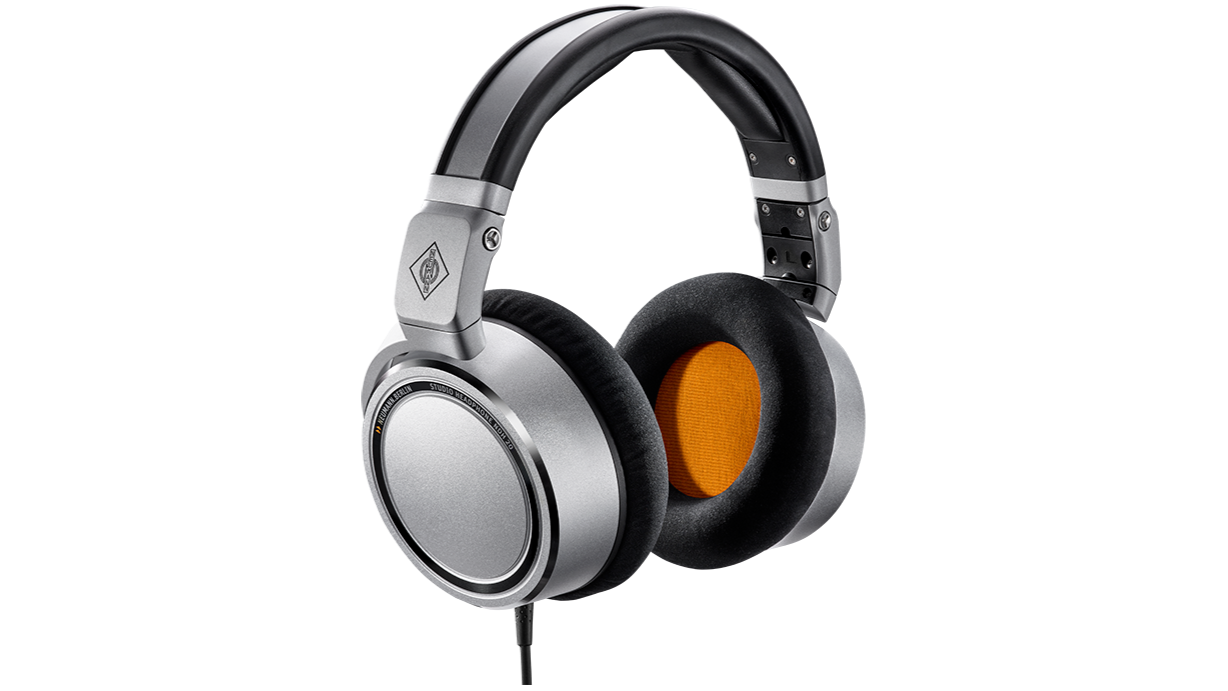
13. Neumann NDH 20
Our expert review:
Specifications
Reasons to buy
Reasons to avoid
Can you mix with closed-back headphones? While we’d always recommend mixing listening to monitors in a well-treated studio, we appreciate that few people have access to such a space, which makes owning a decent pair of open-back headphones a must. But a closed-back pair?
Contentious we know, but Neumann recommends its NDH 20 cans for mixing because they’re capable of producing a neutral, transparent sound with unrivalled clarity, which doesn’t suffer from undesirable mid-range resonance. Their even frequency response and natural stereo image makes them an acceptable compromise when you’re forced to mix on location, or just don’t have the budget for studio space.
The NDH 20 boasts 38 mm/1.5” drivers with high-gauss neodymium magnets for high sensitivity with minimal distortion, and the thick memory foam cups provide excellent sound isolation for tracking or working in loud environments. Build quality is, as you’d expect from Neumann, first class. The comfy, fully-adjustable headband is fashioned from flexible steel, while the ear cup covers are machined from lightweight aluminium. They also fold, which is convenient if you’re always on the move.
This is a premium brand with a price list that scares the bejesus out of most of us, but these cans are a surprisingly inexpensive introduction to Neumann ownership.
Best closed-back headphones: Buying advice
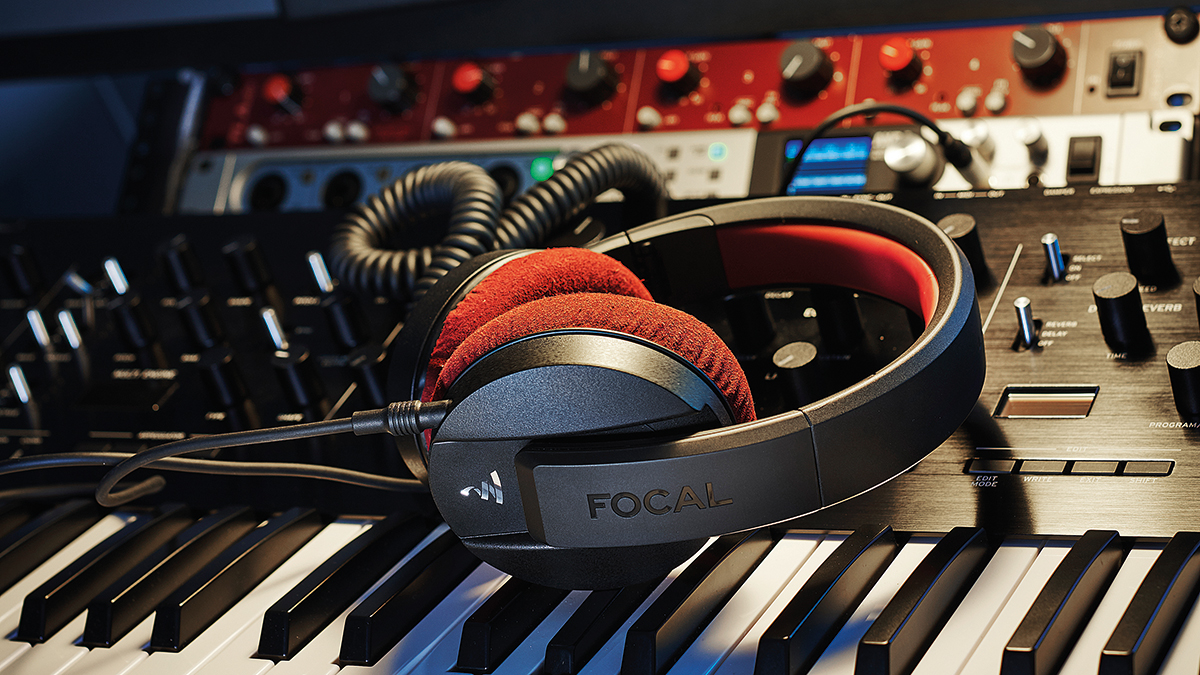
Choosing the best closed-back headphones for you
MusicRadar's got your back
There seems to be a growing trend for manufacturers of monitor speakers to transition sideways into headphones production. Just look at how companies like ADAM Audio, Focal and KRK – all better known for their high-end speaker enclosures – have made it onto this list of the best closed-back headphones, thereby encroaching on the territory of the more established firms such as AKG, Beyerdynamic and Sennheiser.
When buying a pair of closed-back cans for studio work, bear in mind that you could be calling on their services for many years to come, so it’s important to choose some that are comfortable for long periods of wear, durable enough to survive life in and out of the studio and offer, most-importantly, fantastic sound quality. To help you pick the best closed-back headphones for your needs, here are some tips...
Closed-back vs open-back?
As the names suggest, closed-back headphones have cups encased in a solid shell whereas open-back cans sport grilles or ports that allow air, and soundwaves, to flow relatively freely.
Closed-back headphones are ideal for applications where you need good sound isolation, such as tracking. The last thing you want is sound leaking from your headphones into your mic. Similarly, ambient noise won’t interfere with your listening pleasure.
The disadvantages of closed-back headphones are that they can sound very focused (that in-your-head experience) and bass-heavy. In warm weather, some people find them uncomfortably hot too.
Open-back headphones sound airier and more natural, making them better for mixing but a terrible choice for tracking due to the lack of isolation. They can be more comfortable too.
So, which is better? It’s horses for courses, so you’ll probably end up owning both…
Want to know more? Be sure to check out our guide to the differences between open-back and closed-back headphones.
Studio headphones vs regular headphones - what’s the difference?
When it comes to monitoring mixes, you want as flat a response curve as possible, meaning that the headphones aren’t adding any extra volume to specific frequency areas. Often, regular ‘hi-fi’ headphones emphasise the bass and treble regions, as this generally makes for a nicer listening experience. If you were to plot this on a graph of volume against frequency, you’d end up with what’s known as a ‘smiley curve’, with a boost in the low and high-frequency regions, and a relative dip in the middle.
So regular cans aren’t the most suitable for mixing, as they can make your bass and treble sound louder than it actually is. As a result, when you play your mix somewhere else, you’ll find that it sounds dull and lacking in bottom end.
Dedicated studio headphones aim to reproduce all frequencies at an equal volume, giving you an accurate picture of what’s going on in your mix. This enables you to focus on detail, balance out the levels of all frequencies, and more easily correct any problem areas. Studio cans also tend to have beefed-up padding, to both enhance comfort and exclude unwanted sound.
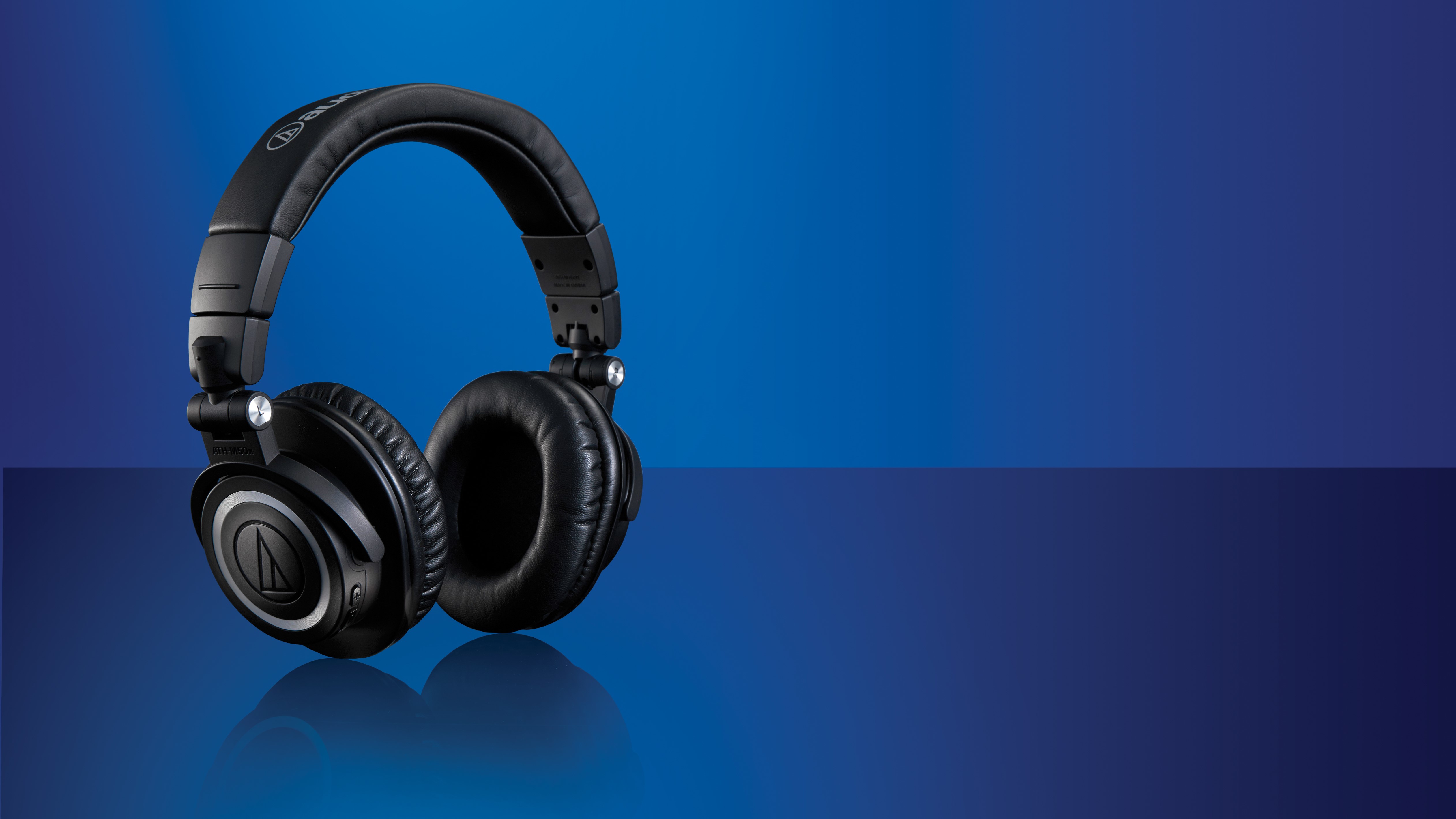
Do you need wired or wireless closed-back headphones?
Traditionally, studio ‘phones tend to be the hard-wired type, with detachable, interchangeable cables recently becoming the norm. This enables you to change a cable if it breaks, or change cable length and type to suit the scenario – for example, longer, coiled cables offer more freedom of movement when recording (particularly when it comes to recording instruments like guitars or drums), while shorter, straight cables are better for mobile use.
However, many pro headphone manufacturers are now incorporating Bluetooth technology into their studio-based products in an attempt to broaden their appeal. While cutting the cord may seem irresistible, there are one or two caveats. First, there’s the issue of latency. While this isn’t a problem for general leisure listening, a short delay in the sound reaching your cans can introduce timing issues when programming or tracking. There’s also the need for wireless headphones to be recharged every few hours – there’s nothing more frustrating than reaching for your cans mid-session only to find them unresponsive due to an unforeseen lack of juice!
We go into more detail in this article - can you produce music using Bluetooth headphones?
What’s the right cable length?
Unless you’re taking the Bluetooth route, the length of cable attached to your closed-back headphones should be a consideration. For everyday use, a 3m cord might be a bit of a nuisance, whereas in studio applications a longer cord can be useful – if you’re playing an electronic drum set or strumming the guitar while standing up, for example, you may welcome the extra length.
To address this, many pairs of headphones are now supplied with two or three detachable cables of varying lengths, which can be swapped out to suit the scenario. Coiled cables are generally more versatile for studio use as they’re (literally) more flexible and less prone to tangling than long, straight cables. Due to their excess weight, however, they tend to be less suitable for on-the-go listening, where short, straight cables are preferable.
What frequency response do you need?
With headphones, frequency response relates to the range of sound frequencies they’re able to reproduce. This will normally fall well outside the extremes of human hearing, the upper threshold of which tops off at around 20kHz and reduces further as we get older.
For the purposes of music production, you need to be able to hear crisp, clear detail at even volumes across all frequency ranges, so that you can accurately monitor everything that’s going on in your mix, from low-frequency bass sounds through to high-end details such as vocal reverbs and hi-hats.
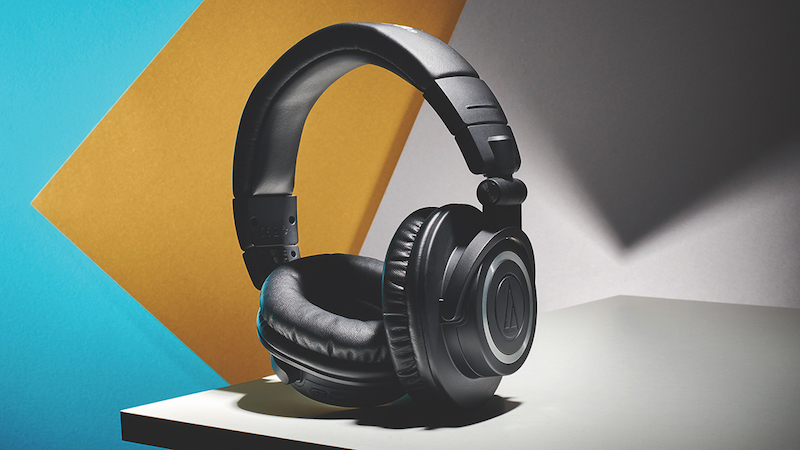
Comfort considerations
Anything worn for extended periods needs to be comfortable, and closed-back headphones are no exception. Padded ear cups are a must – not just for comfort but also because they make the listening experience profoundly inclusive, allowing you to block out extraneous noise and focus on the fine details of your chosen listening material. Beware of sweaty ears, though!
One thing to note about closed-back headphones is that they can cause issues if you’re a glasses wearer, so if this applies to you, you might want to try on a pair for size before committing.
What is impedance?
Measured in ohms (Ω), impedance relates to the thickness of wire used in headphones’ transducers – the higher the impedance, the higher the level of signal needed to drive the cans properly so that they sound good. For this reason, high-impedance headphones tend to work best when hooked up to a power amp in a studio environment, while low-impedance cans are designed to be plugged directly into a single, low-output source, like a hi-fi stereo amp, computer audio interface or mobile device.
All of the headphones on this list are low to mid-impedance models, ranging between 32 and 80 Ω – although the Beyerdynamic DT 770 PROs also come in a 250 Ω model.
Modelling headphones
It took a few years, but modelling is now largely accepted as being a worthy imitation of the real thing. By and large, guitarists have embraced modelling amps and fx units, while pianists and synth players have succumbed to the advantages that digital keys can bring.
But modelling headphones? Can software really make an inexpensive set of cans sound just like a legendary studio? Well, these are certainly Marmite products, with some users convinced that they’re hearing something very special, while others continue to mutter warnings about putting lipstick on a pig.
Essentially, these systems rely on a neutral sounding pair of closed-back headphones to provide a blank canvas on which the software paints the sonic signature of any number of ambient spaces. Everything from famous recording studios to car interiors.
Our take is that, to work effectively, the headphones must be of premium quality, or the simulation will be compromised from the start. We remain open-minded and suggest that, at the very least, you give these products a try before casting judgement.
How we test studio headphones
As with studio monitors, we test headphones with a variety of reference tunes – mostly very well produced standards, but some of our own trusted mixes as well. We use these to check frequency response and general overall quality in terms of spatial response and playback, and in terms of how good the phones are at delivering a response at low volume levels – the levels you should be mixing at to protect your ears.
We also test how good the isolation is. For mixing you might prefer less intrusion from the outside world so you can focus on the main elements in your music, so isolation is a key factor. The weight and comfort of the phones is also an important consideration, as you'll likely be wearing them for long sessions in the studio (although we obviously recommend taking regular breaks). Most of the time, the lighter the better but how the headphones embrace your head is important. Too loose is obviously not good, but too tight can mean too hot.
Find out more about how we test music gear and services at MusicRadar.
Related buyer's guides
- The best in-ear monitors: IEMs for every situation
- Best budget in-ear monitors: recommended cheap in-ears for musicians
- Best budget studio headphones: performance on a smaller budget
- The best budget studio monitors: affordable speakers for home recording
- Best budget audio interfaces: start recording for less than $120/£110
- Get your voice heard with the best podcast headphones
Want all the hottest music and gear news, reviews, deals, features and more, direct to your inbox? Sign up here.
Dave has been making music with computers since 1988 and his engineering, programming and keyboard-playing has featured on recordings by artists including George Michael, Kylie and Gary Barlow. A music technology writer since 2007, he’s Computer Music’s long-serving songwriting and music theory columnist, iCreate magazine’s resident Logic Pro expert and a regular contributor to MusicRadar and Attack Magazine. He also lectures on synthesis at Leeds Conservatoire of Music and is the author of Avid Pro Tools Basics.
